Ditch the Junk: 17 Super Easy Real Food Swaps To Replace Ultra-Processed Foods

In today’s fast-paced world, ultra-processed foods have become a staple in many diets, offering convenience at the expense of nutritional quality. These foods are often high in added sugars, unhealthy fats, and artificial ingredients while lacking essential nutrients. However, with a bit of creativity and some simple swaps, it’s possible to enjoy delicious and nutritious alternatives that are closer to their natural state. Here are 17 simple and satisfying real food substitutes for some of the most common ultra-processed foods.
Homemade Oatmeal Instead Of Breakfast Cereals

Starting your day with a bowl of sugary cereal can lead to a rapid spike and subsequent crash in blood sugar levels, leaving you feeling tired and hungry soon after breakfast. A healthier alternative is oatmeal, which provides a slower release of energy. Oats are a whole grain that is high in fiber, helping you to feel full longer. You can add fresh fruits for natural sweetness and nuts for healthy fats and protein.
Homemade Pasta Sauce Instead Of Jarred

Jarred pasta sauces can be convenient, but they often contain added sugars, salt, and preservatives. A simple and healthier alternative is to make your own pasta sauce using fresh tomatoes, garlic, onions, and herbs like basil and oregano. This avoids unnecessary additives but also has fresher flavors and nutrients from tomatoes and herbs. While it might be time consuming, making your own sauce is so rewarding, and the leftovers can easily be frozen for future use.
Air-popped Popcorn Instead Of Microwavable Popcorn

Microwavable popcorn is often loaded with artificial flavors, preservatives, and unhealthy fats. Air-popped popcorn, on the other hand, is a whole grain and a good source of fiber. It’s a low-calorie snack that you can flavor to your liking with a drizzle of olive oil or a sprinkle of your favorite herbs and spices. By popping your own popcorn, you can avoid unhealthy additives found in many microwavable varieties.
Fresh or Frozen Vegetables Instead Of Canned

Canned vegetables may be a staple in many pantries due to their convenience and long shelf life, but they often come with added sodium and preservatives, which can be avoided by choosing fresh or frozen alternatives. Fresh vegetables are obviously preferable, but when fresh produce isn’t available or practical, frozen vegetables are a great option, as they are typically frozen at peak ripeness, which locks in their nutritional value. Unlike canned vegetables, most frozen vegetables don’t contain added sodium, making them a healthier choice.
Whole Wheat Bread Over White
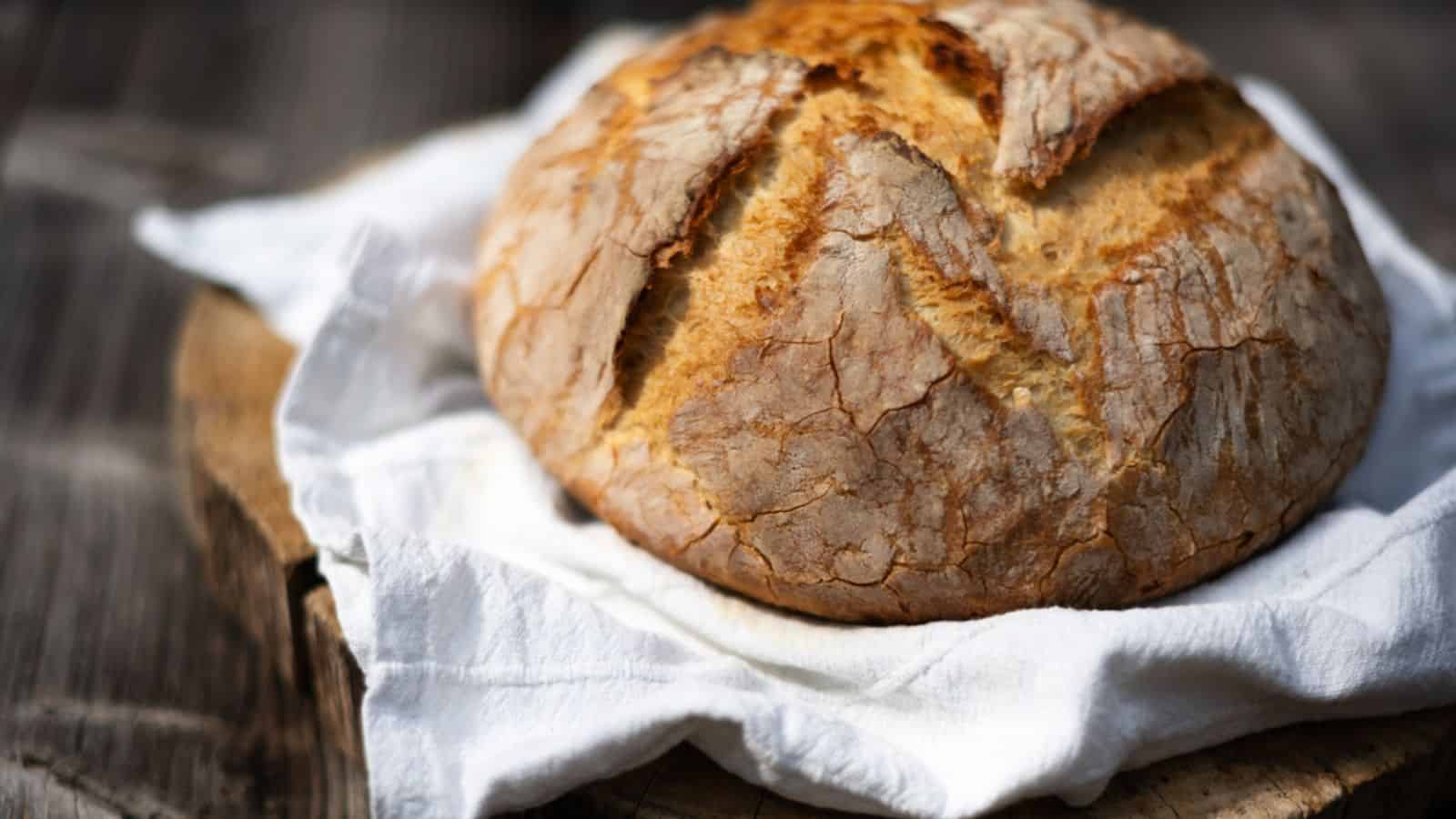
Opting for whole wheat bread made with minimal ingredients can significantly increase your intake of fiber and other nutrients. Whole wheat bread contains the entire grain, including the nutrient-rich germ and bran, which are often removed from white bread. If you have more patience and time on your hands, why not try your hand at baking your own bread in a bread maker? It’s much simpler than many people think, and it’s the healthiest option when it comes to eating bread.
Homemade Granola Bars Vs Store-Bought
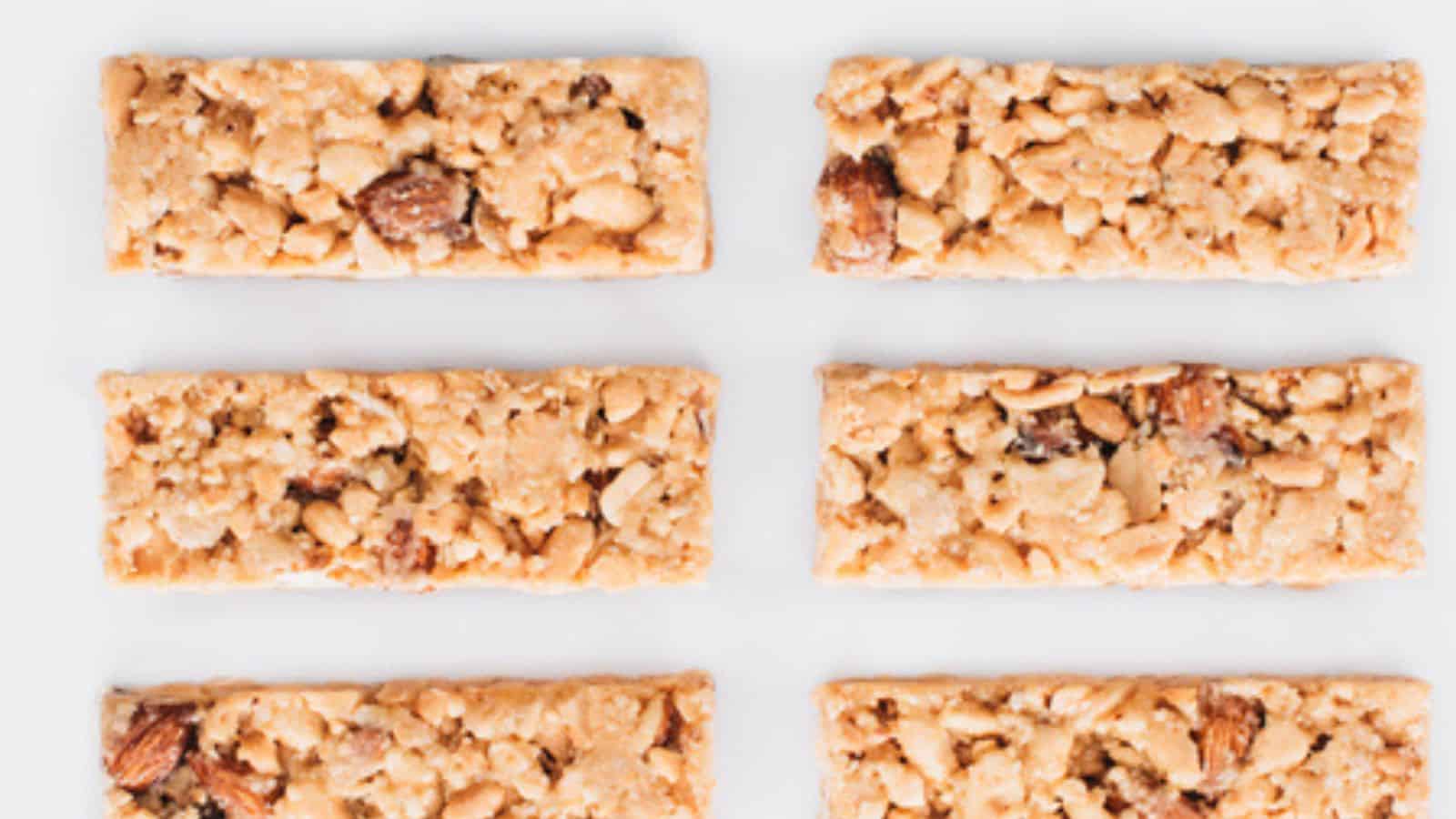
Store-bought granola bars are often marketed as healthy snacks, but they can be loaded with additives. Make your own granola bars at home so you can control the ingredients and tailor them to your dietary preferences. You can use a base of oats, nuts, and seeds, and sweeten them naturally with honey or pure maple syrup.
Greek Yogurt Instead Of Flavored Yogurt

Pre-flavored yogurts often have a lot of sugar added, which somewhat negates the health benefits of yogurt. Greek yogurt is a fantastic alternative because of its high protein content. Add your own toppings, such as homemade granola, fresh fruit, or a drizzle of honey to make it more appetizing. This way, you can enjoy a delicious and healthy snack or breakfast that’s tailored to your taste preferences without the unnecessary additives found in many flavored yogurts .
Freshly Cooked Meats Instead Of Deli Meats

Deli meats, while convenient, are often loaded with preservatives, sodium, and nitrates. A healthier option is to purchase fresh meats from your local butcher and cook them yourself. You can roast a chicken or turkey breast, beef, or pork in bulk and then slice it for sandwiches throughout the week. This switch not only reduces your intake of processed additives but also gives you control over the seasoning and cooking methods used, avoiding excess oils and fats.
Cook With Whole Food Ingredients

Cooking with whole food ingredients is one of the best ways to ensure that your meals are nutritious and free of unnecessary additives. Instead of relying on pre-made sauces and mixes that can contain high levels of sodium, sugar, and preservatives, you can look for recipes to create your own sauces. Cooking your meals from scratch encourages a healthier relationship with food as you become more involved with the preparation process. Not only is it more fulfilling to cook from scratch, it can also be more economical in the long run.
Nut Butters on Rice Cakes
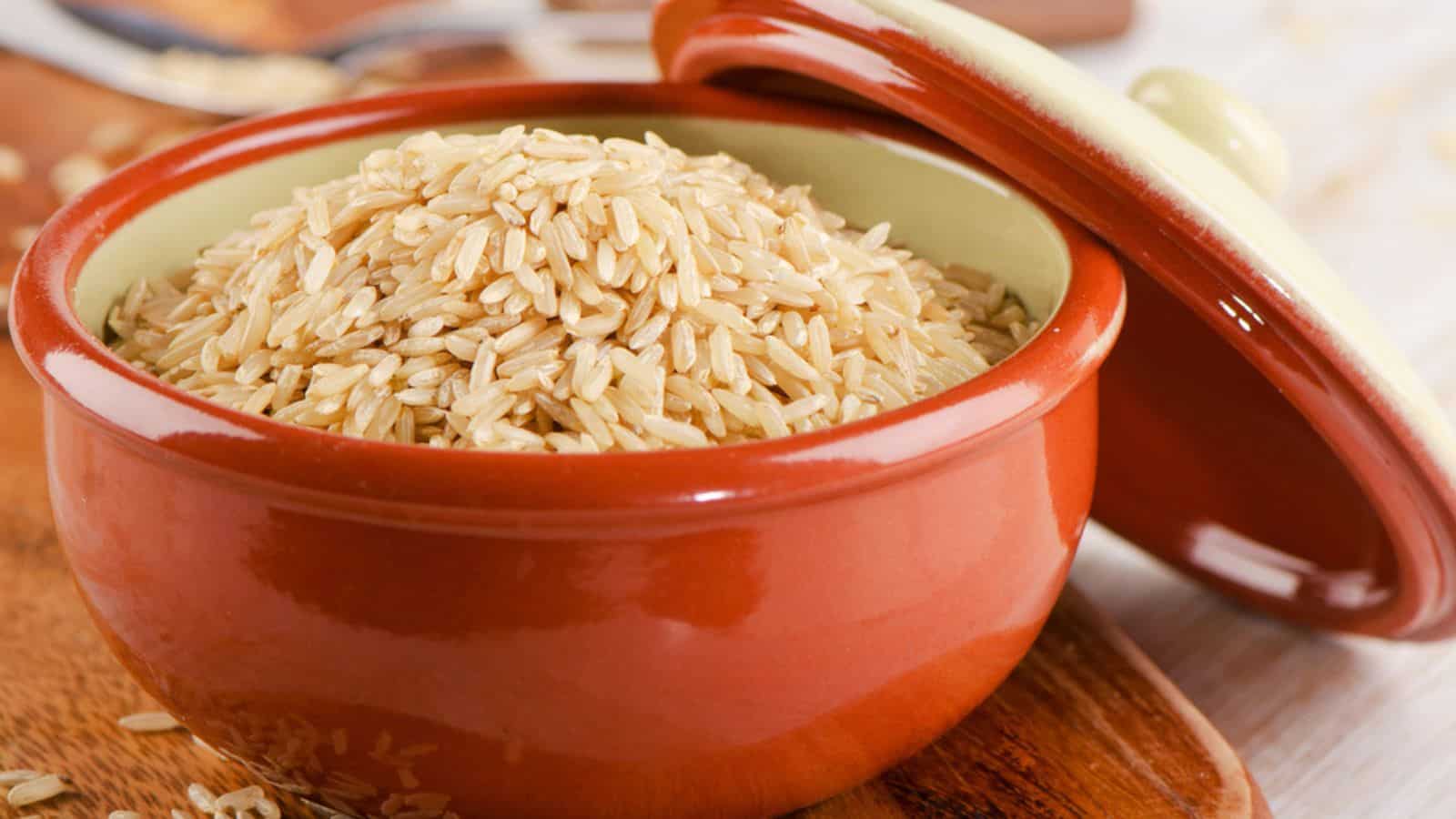
Nut butters, such as almond or peanut butter, are a great source of protein and healthy fats. When choosing nut butters, make sure you choose one that does not have added sugars or hydrogenated oils, which are often found in ultra-processed versions. Spreading these nut butters on rice cakes can provide a satisfying crunch with the added benefit of whole grain. This combination makes for a nutritious snack that can stabilize blood sugar levels and provide lasting energy. Rice cakes are low in calories and when topped with a good-quality nut butter, they become a nutrient-dense snack that can curb hunger and provide essential nutrients.
Sparkling Water or Kombucha

We can’t talk about ultra-processed food without talking about sugary sodas. Sodas offer little nutritional value and a high amount of refined sugars. A refreshing and healthful alternative is sparkling water infused with slices of fresh fruit such as lemons, limes, oranges, or berries. If you still want a little more sugar to your fizzy drink, why not substitute your soda for kombucha instead? It’s full of vitamins and minerals and your gut will love the acetic acid in kombucha.
Homemade Smoothies

Store-bought smoothies and fruit juices often contain more sugars that necessary, diminishing their nutritional value. Making your own smoothies at home using real fruits and vegetables allows you to control the ingredients you use while also ensuring that you’re getting the fiber and nutrients without the unnecessary ingredients. Blending a mix of leafy greens, such as spinach or kale, with fruits like bananas or berries, and adding a natural sweetener or a splash of almond milk can create a delicious, nutrient-packed drink that supports overall health.
Whole Grain Pasta or Spiralized Vegetables

Refined pasta is a common ultra-processed food that is stripped of its natural nutrients during the manufacturing process. A healthier alternative is whole grain pasta, which retains the nutrient-rich bran and germ, offering more fiber and protein.
Spiralized vegetables are another excellent substitute. They are made by turning vegetables like zucchini, carrots, or sweet potatoes into noodle-like strands. This swap not only increases your vegetable intake but also significantly reduces the calorie and carbohydrate content of your meal, making it a great option for those looking to maintain a healthy weight or blood sugar level. Plus, it adds a new dimension of flavor and texture to traditional pasta dishes.
Baked Sweet Potato or Kale Chips

Deep-fried potato chips are a classic processed snack high in unhealthy fats and sodium. Baking your own chips at home using sweet potatoes or kale can provide a crunchy and satisfying alternative with added nutritional benefits. Sweet potatoes are rich in beta-carotene, vitamin C, and fiber, while kale is packed with vitamins A, K, and C, along with other micronutrients. Simply slice sweet potatoes thinly or tear kale into bite-sized pieces, toss with a bit of olive oil and your favorite seasonings, and bake until crispy. These homemade chips are a delicious way to get a serving of vegetables while satisfying your snack cravings.
Homemade Salad Dressings
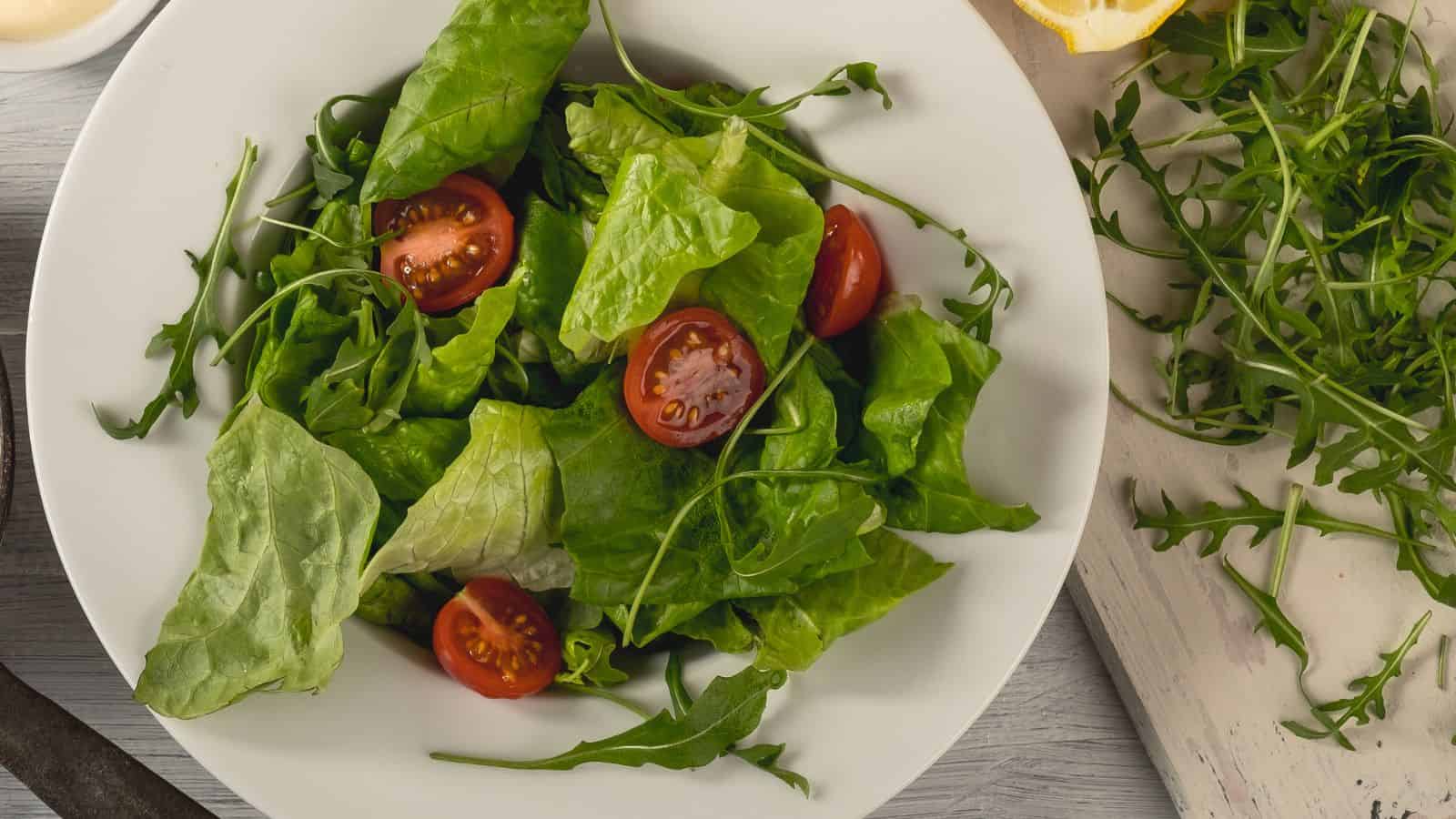
Bottled salad dressings are often loaded with additives and seed oils. Making your own salad dressing at home with olive oil, vinegar, and fresh herbs is a simple and healthy alternative. Olive oil serves as a heart-healthy monounsaturated fat, vinegar can add a bright acidity, and fresh herbs provide flavor without the need for added salt or artificial flavorings. Homemade dressings can be made in small batches to avoid waste, and can be customized to suit your personal taste preferences. By preparing your own dressings, you eliminate unnecessary additives and create a more wholesome and nutritious topping for your greens.
Homemade Marinades

Bottled marinades are convenient but can contain a high amount of sodium and preservatives. Creating your own marinades at home with ingredients like citrus juice, garlic, and herbs not only allows you to control the sodium content but also avoids the preservatives found in store-bought versions.
Homemade Frozen Banana Ice Cream or Yogurt Popsicles
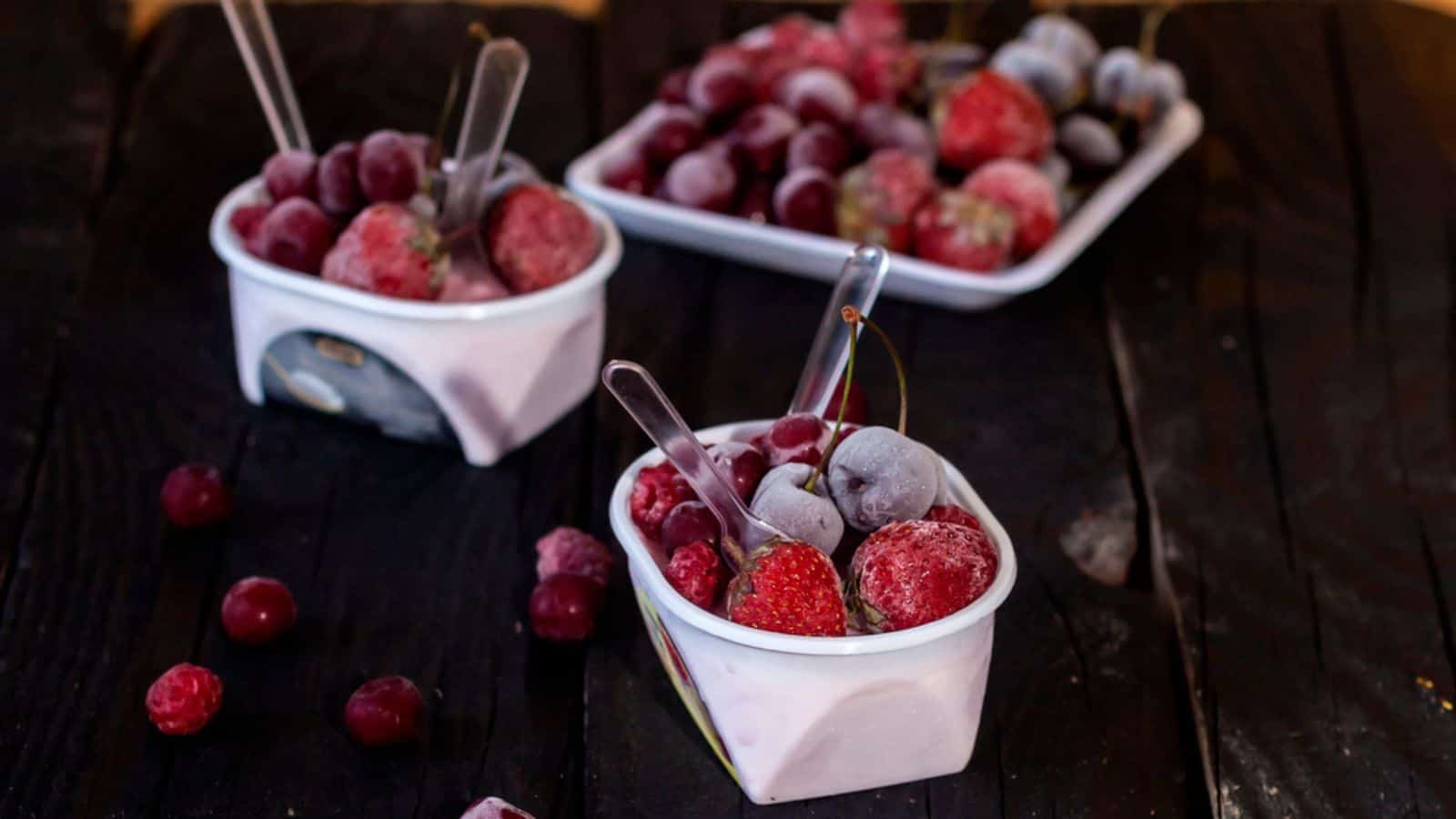
Store-bought ice cream is often high in sugar, artificial flavors, and preservatives. A wholesome and delightful substitute is homemade frozen banana ice cream. It’s made by blending frozen bananas until they reach a creamy consistency, which can then be flavored with cocoa powder, vanilla extract, or nut butter. This is lower in calories, free from added sugars , and also adds the nutritional benefits of bananas such as potassium and dietary fiber. Similarly, yogurt popsicles made with plain yogurt and fresh fruit can be a nutritious alternative to traditional ice cream. These homemade frozen treats are not only easy to make but also allow you to enjoy a dessert that’s both satisfying and healthy.
Kombucha Benefits: 14 Ways This Ancient Brew Can Revolutionize Your Health

Kombucha, a fermented tea beverage, has been consumed for centuries and is renowned for its unique tangy taste and potential health benefits. This effervescent concoction is made by fermenting sweetened tea with a symbiotic culture of bacteria and yeast (scoby). As it ferments, kombucha becomes rich in a variety of bioactive compounds, including probiotics, antioxidants, and organic acids. Here are 14 benefits to adding kombucha to your diet.
Kombucha Benefits: 14 Ways This Ancient Brew Can Revolutionize Your Health
Say Goodbye To Bloat: 17 Gut-Healing Foods To Transform Your Health

The gut microbiome has seen a surge in popularity in recent years, and for good reason. Many holistic medical professionals are now talking about the role of the gut microbiome in preventing diseases and increasing longevity. The gut microbiome is a bustling ecosystem within your digestive system that influences digestion, immune function and even impacts mood and energy levels.
Say Goodbye To Bloat: 17 Gut-Healing Foods To Transform Your Health






